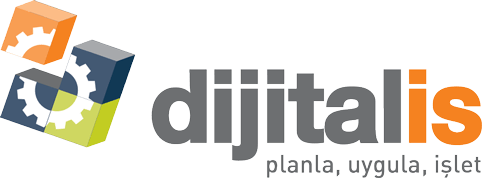
Success Story in the Telecommunications Industry
Network Optimization, Route Optimization, Workforce Planning
Turkcell Achieved 13% Savings in Field Service Costs with Network and Routing Optimization
Turkcell, as Turkey's GSM-based mobile communication provider, is among the world's best operators in providing international data services. The company has divided Turkey into various geographical regions and assigned "region solution partners (RSPs)" to handle operational tasks in these regions. The task of RSPs is to ensure the opening of new base stations or the renewal of existing stations according to demand. Turkcell reimburses the costs incurred during field services by RSPs. RSPs are also responsible for periodic maintenance and troubleshooting.
Why was the project needed?
Each RSP manages its own teams. The number and location of teams are determined by the RSPs. Knowing the optimal number of teams and where to locate them is crucial for minimizing operating costs and maximizing service levels. However, Turkcell could not verify how optimal the decisions made by its RSPs were.
To calculate the service fees of RSPs, Turkcell used an analytical model it had developed internally for years. However, the formulations became too complex, making it difficult to anticipate how changes in parameters could affect the model. Therefore, Turkcell decided to use a better decision support system to determine the actual costs of operations managed by RSPs.
It was incredible to receive a "yes, we can" answer from the Dijitalis team to every question we asked. Seeing that there was a solution with the flexibility to solve all our problems reassured us.
Iclal Ozlem Bellikan
Turkcell Project Team Leader
What solution was provided?

Route optimization
was used to deliver
services and products to demand
points at minimum cost.
For this project, which was highly prioritized by Turkcell management, special algorithms and solutions were first tried within the company, but the desired success was not achieved. Eventually, Turkcell decided to invite expert companies in decision support systems to propose a solution to the costing problem. Numerous domestic and foreign companies with expertise in supply chain and logistics were consulted during the process. However, most of the proposed solutions were related to "transporting commercial products from warehouses to customer locations." Turkcell needed a more flexible and customizable solution that could fully model its activities and deliver results in a short time.
After evaluating many commercial off-the-shelf packages and solutions tailored to Turkcell, Turkcell decided to use Dijitalis' "Supply Chain Digital Twin" solution, which provides users with full control and a transparent model.
Turkcell tested the "Supply Chain Digital Twin" platform under many challenging scenarios during the project and was satisfied with the results. The established network optimization model determined the optimal number and locations of regional offices. Then, route optimization was performed to schedule field team services. Simulation technology was used to predict the highly variable workload and forecast the number of field teams needed.
What was achieved at the end of the project?
After Turkcell started using the optimization and simulation models developed by Dijitalis, it reduced annual field operation costs by 13%. The project, which was implemented in less than a year, became one of Turkcell's fastest investment returns in history. The "Supply Chain Digital Twin" platform provided by Dijitalis standardized the region cost calculation process, despite the vastly different geographical and demand conditions of each region. Turkcell can now determine how many people are needed to complete approximately 1,700 different types of tasks and how long each task can be completed in advance.
Today, Turkcell can provide recommendations to its regional solution partners on the optimal number and location of teams to minimize their costs. Turkcell management, highly satisfied with the successful results in field operations, plans to use the "Supply Chain Digital Twin" platform for the company's other operations such as retail logistics and inventory management.
 The digital twin of the supply chain can analyze the service requirements of thousands of demand points spread across a wide geography.
The digital twin of the supply chain can analyze the service requirements of thousands of demand points spread across a wide geography.
